
Coonabarabran – June 2016
Coonabarabran is in the NSW north west and home to the Siding Springs Observatory nestled amongst the Warrumbungle National park at a height of 4000ft AMSL. This year the Warrumbungle National Park became Australia’s first International Dark Sky Park to curb light pollution for future astronomy efforts.
A total of 4 balloons made the trek to the area with Steve Campbell providing local info having flown this area in the past year. The aim of the trip was to fly over or as close as possible to the Siding Springs Observatory before clearing the forest and landing on the farm lands in the distance.
Day 1
With a southerly wind tracking towards the thicker part of the Pilliga state forest we launched from road side at Tooraweenah before tracking over the western side of the observatory.
Low cloud and variable wind directions made for difficult viewing of the area, however Steve managed to capture a few photos through the clouds before we landed to the north meeting some lovely locals who had never seen a balloon before.
Day 2
Winds proved more favourable for this flight and we launched from the base of Timor Rock as we had met the landowners prior to the trip and gained permission to use the site. 4 Balloons launched and began tracking just to the north of the Siding Springs Observatory.
We encountered large amounts of turbulence throughout the flight with most balloons electing to stay higher than planned to run the faster winds out to our landing spots. The flight provided some great views of the National Park especially after is was devastated by a large bush fire in the previous year. I managed to land in the same property as day 1 while the others tracked to the north landing on a roadside with minimal wind.
Day 3
This was forecast to be the best wind direction of the trip and it did not disappoint. A straight easterly wind meant we could launch from our accommodation the Warrumbungle’s Mountain Motel much to the delight of our lovely host Sally.
After launch we played in the lower winds around the motel before climbing to 3000ft and tracking towards the observatory. With some stable winds we managed to fly straight over the top of the Anglo-Australian Telescope (AAT) which is Australia’s largest optical telescope and quite hard to miss standing the tallest on the mountain.
This proved to be an awesome experience and produced some great photos both in the air and on the ground. Winds slowed as we past the observatory which meant a 1.5 hour flight towards Coonamble before we found a suitable landing spot with surface winds at 13 knots.
This trip provided some fantastic weather with all 3 days flyable. Our leisure time was filled with a fun tour through the recently updated Observatory Exploratory along with some of the privatively owned telescope facilities. We provided a small night glow for the locals at the motel on Saturday night before enjoying a lovely BBQ and lots of laughs with some new friends.


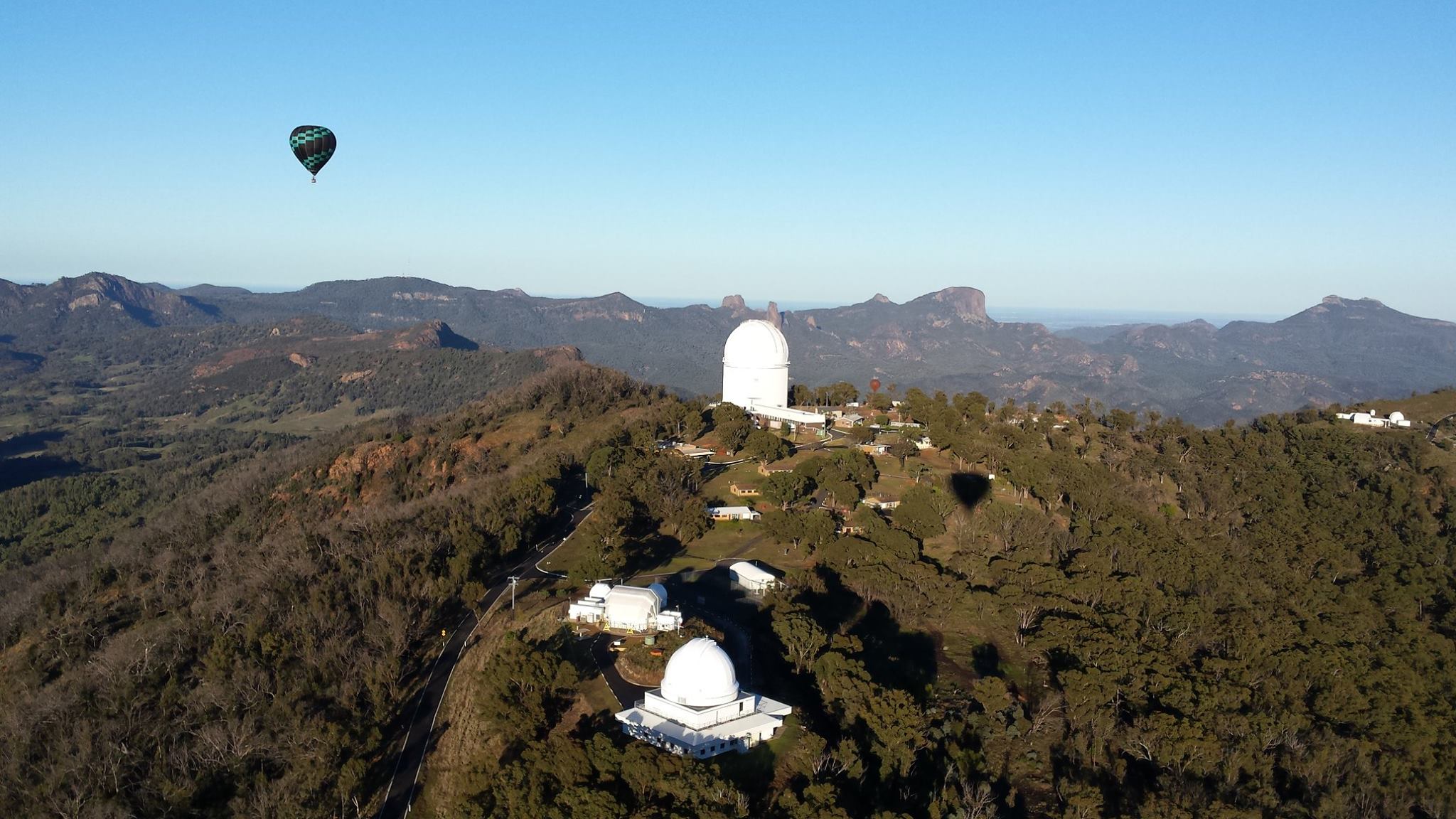
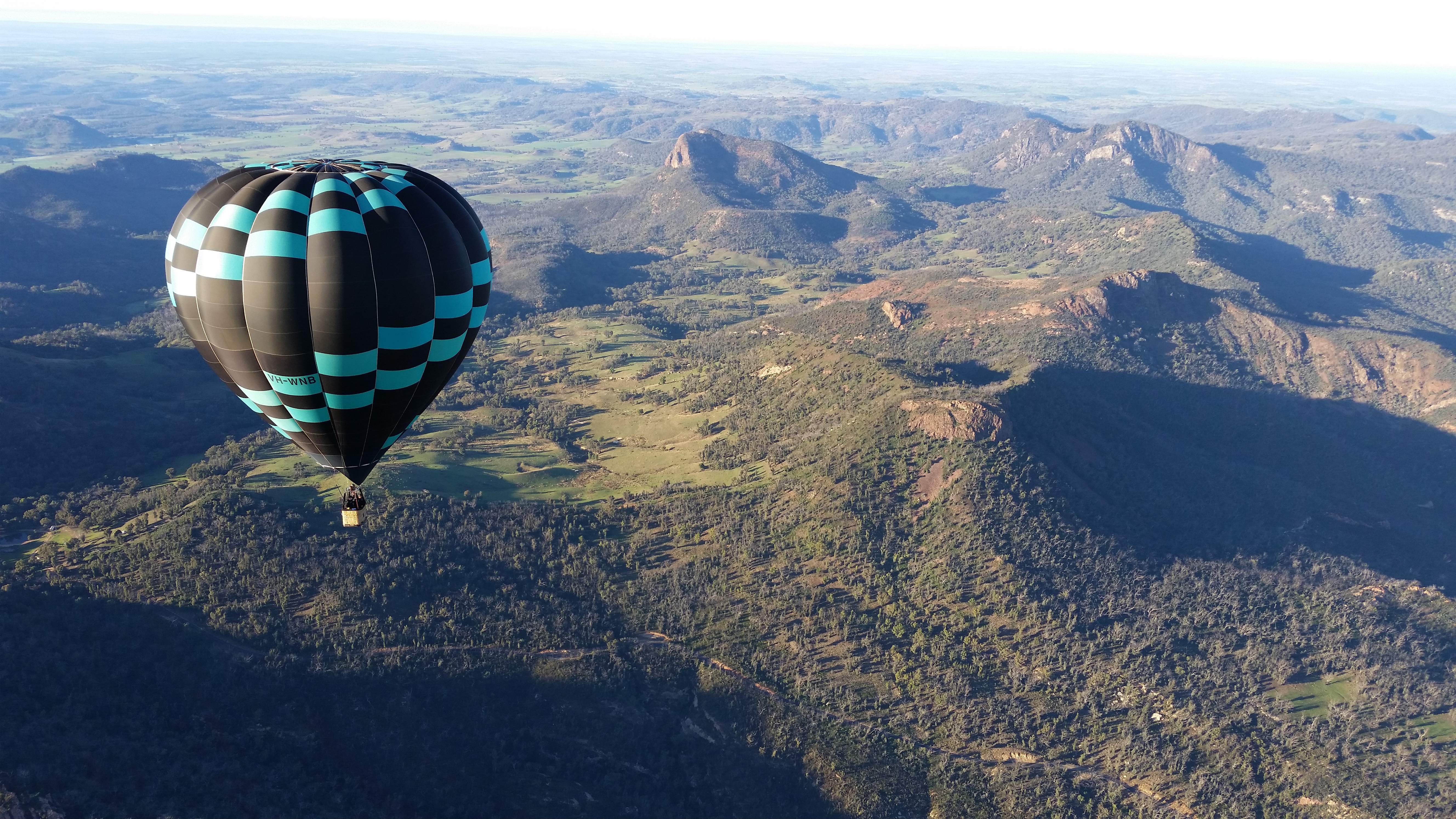
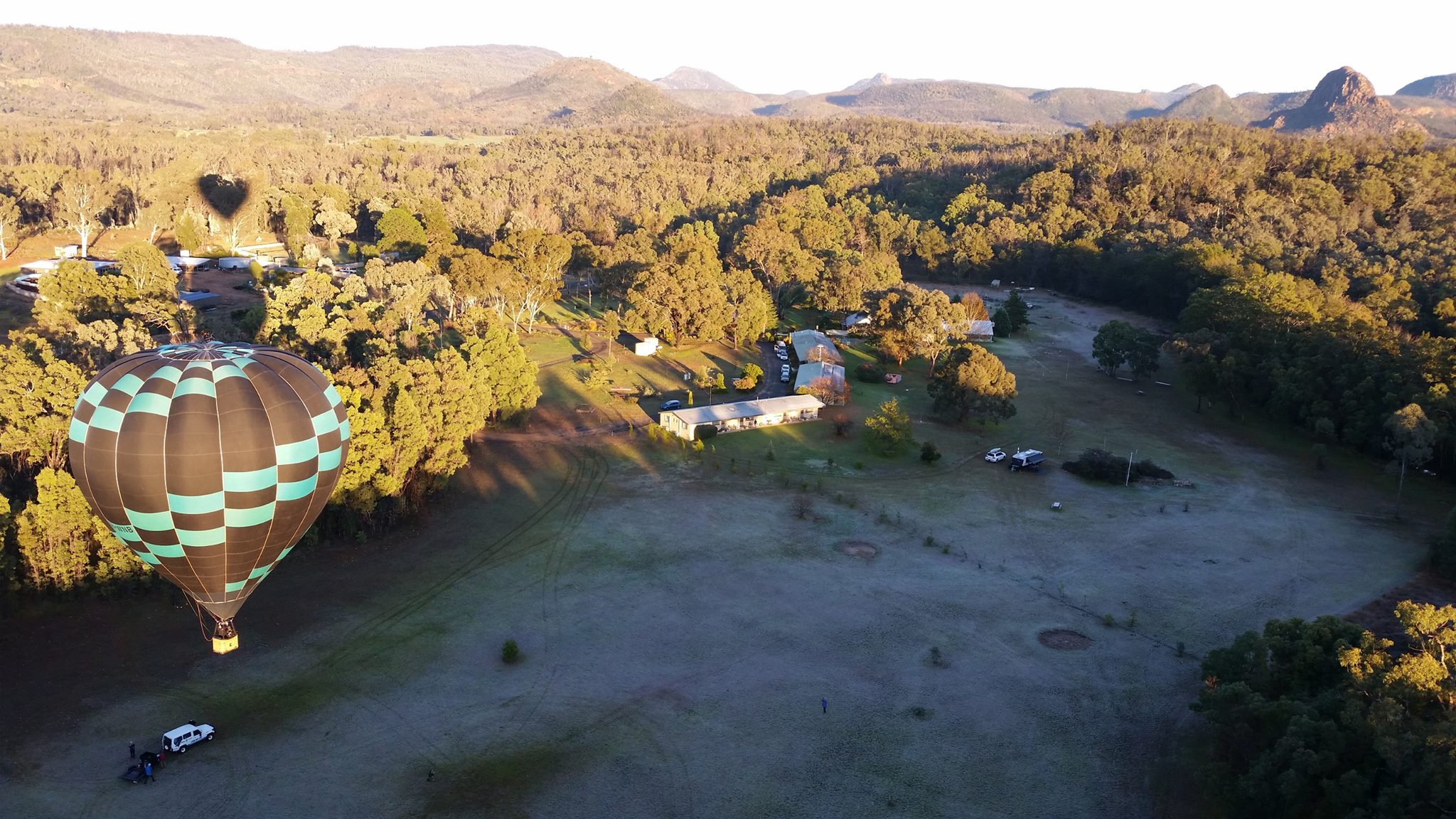
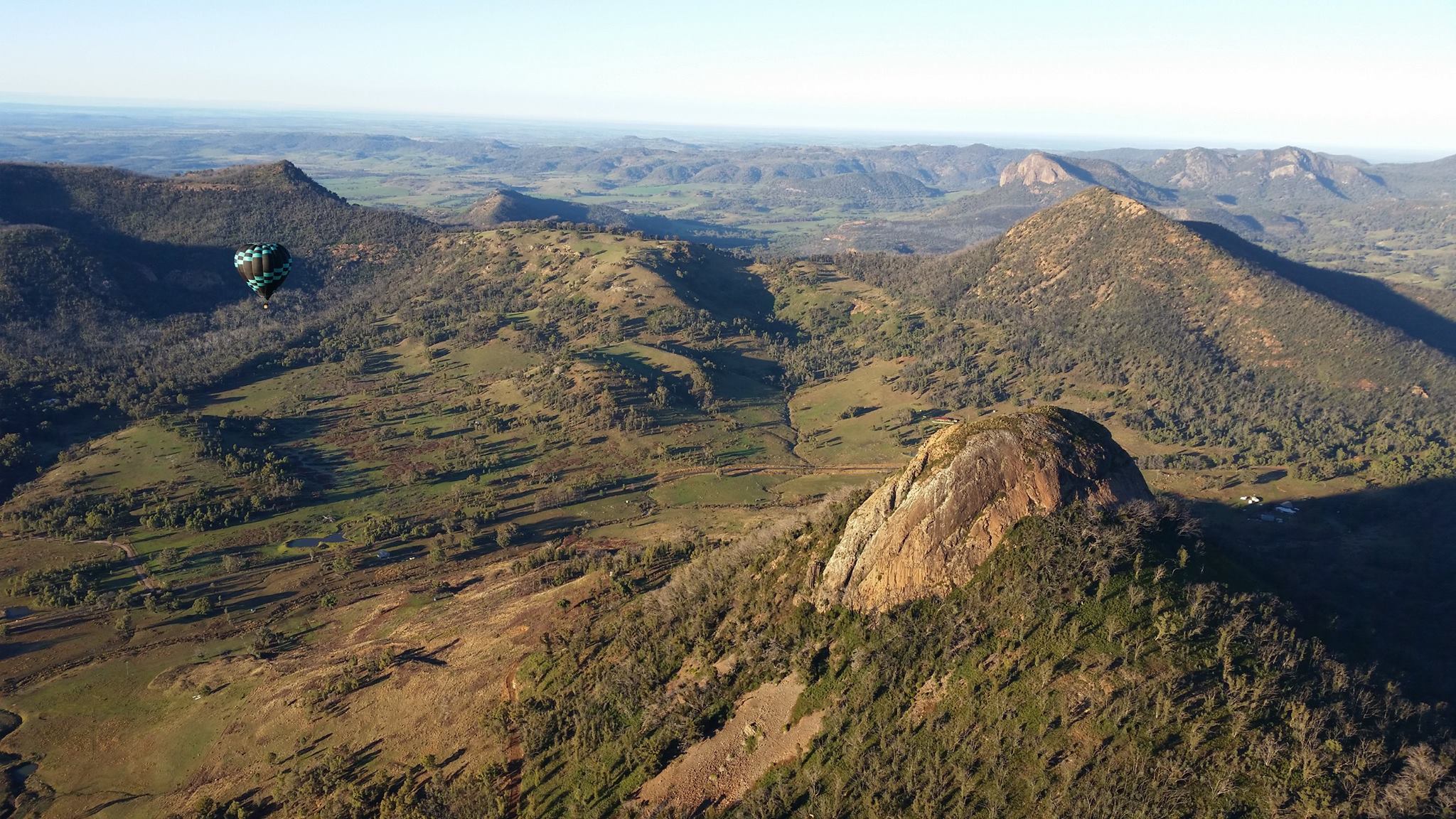
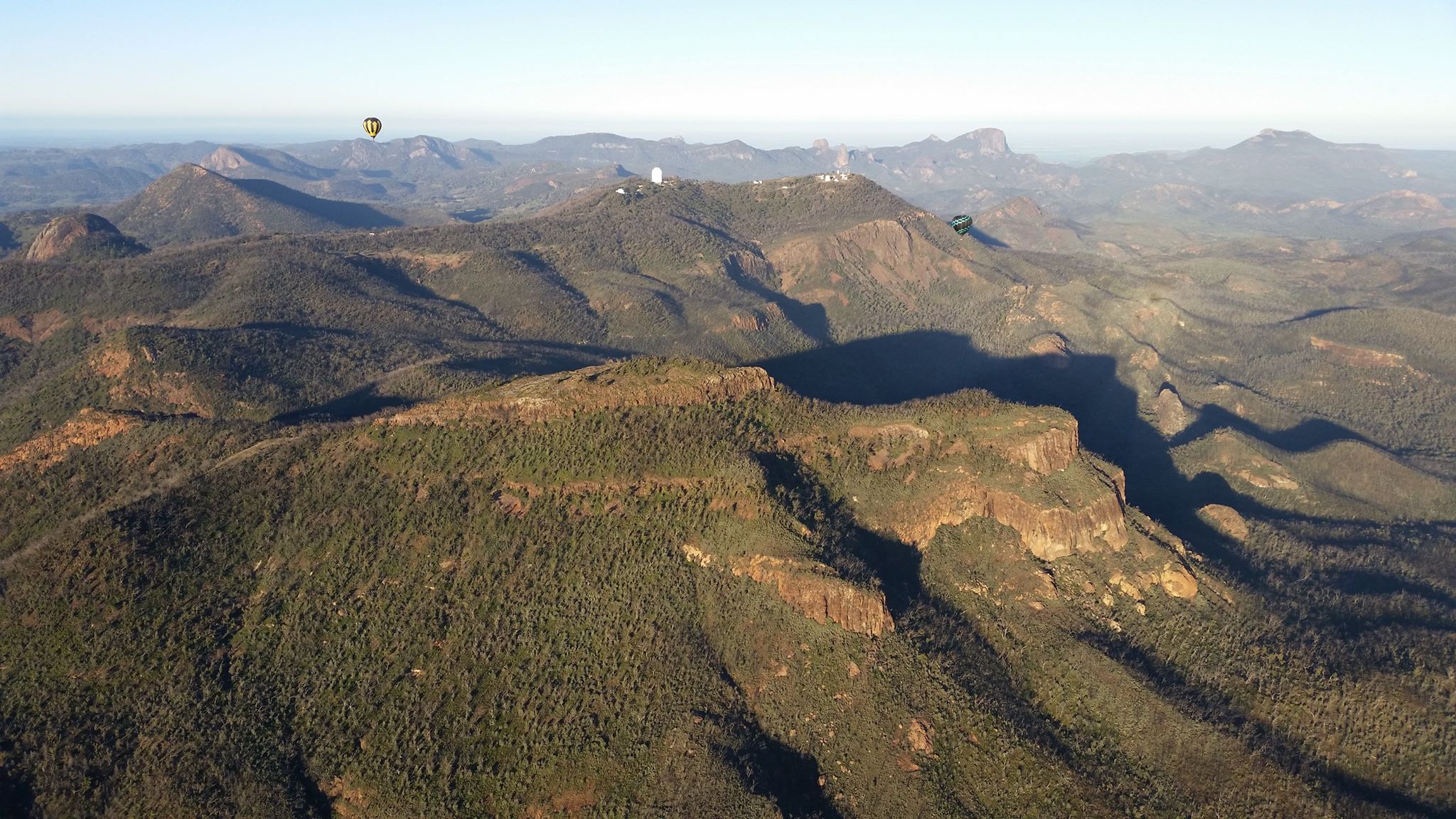
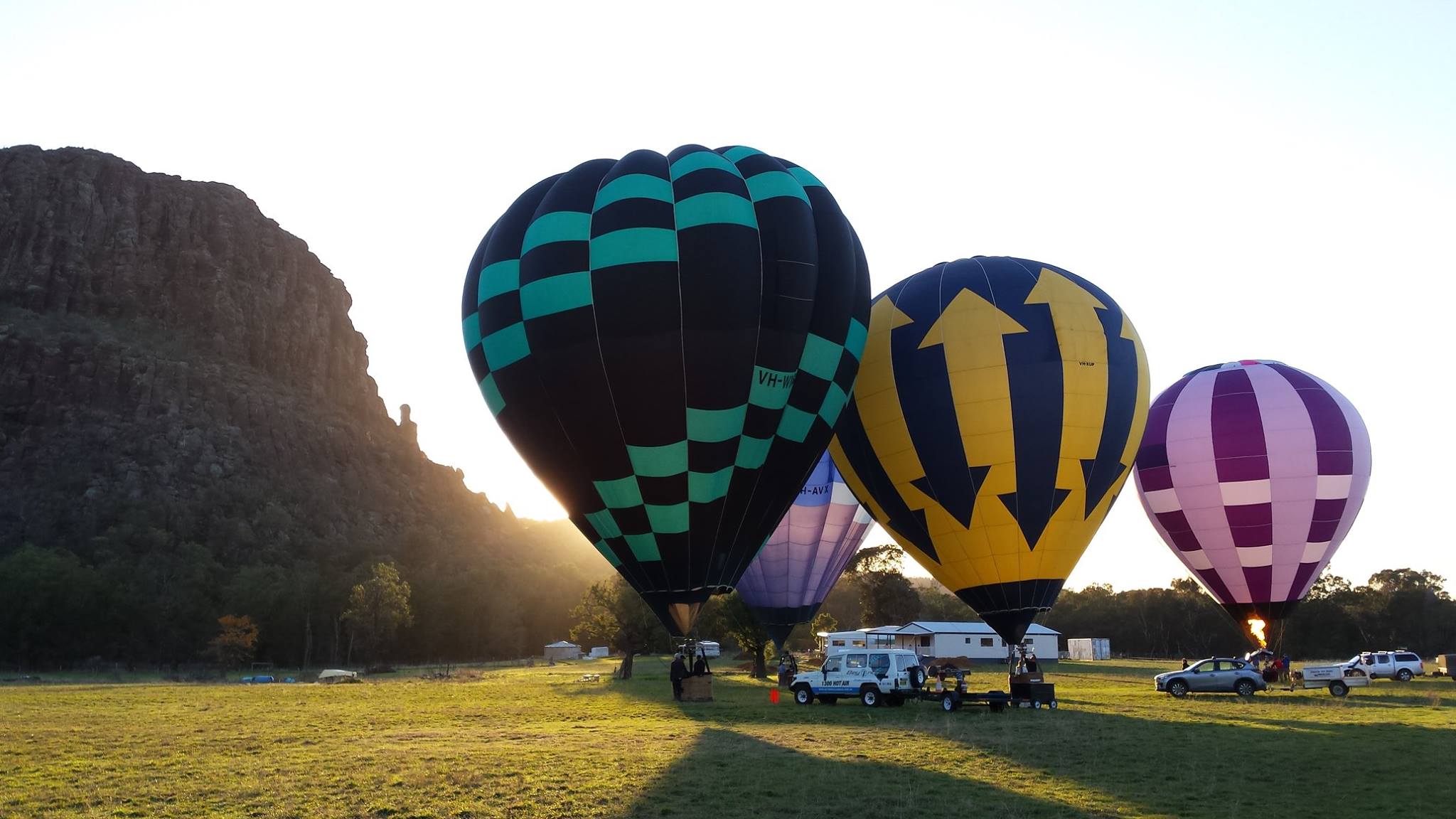
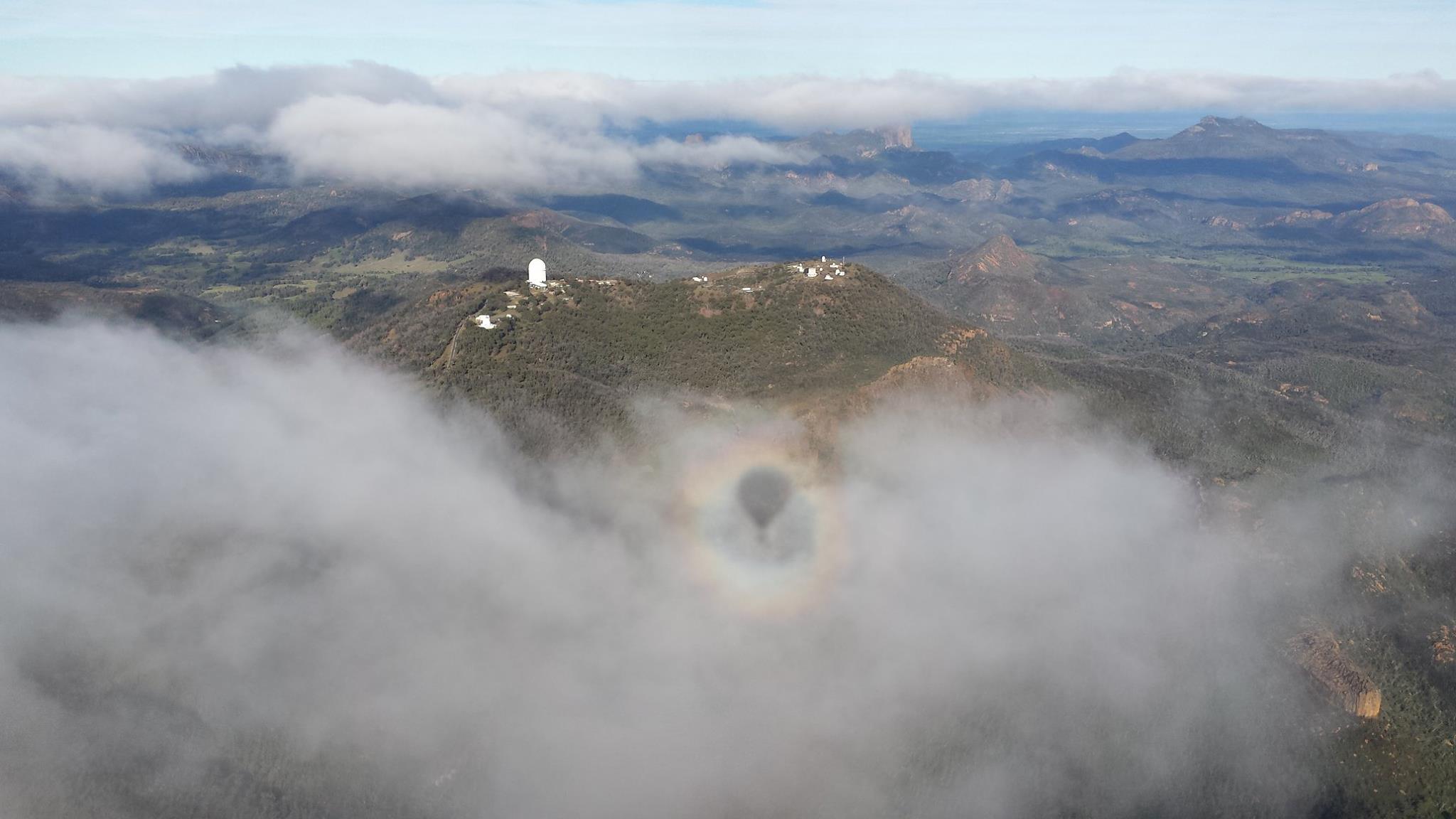

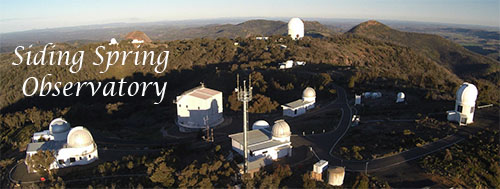
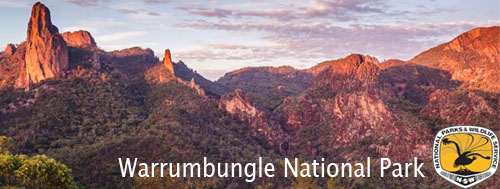
No Comments